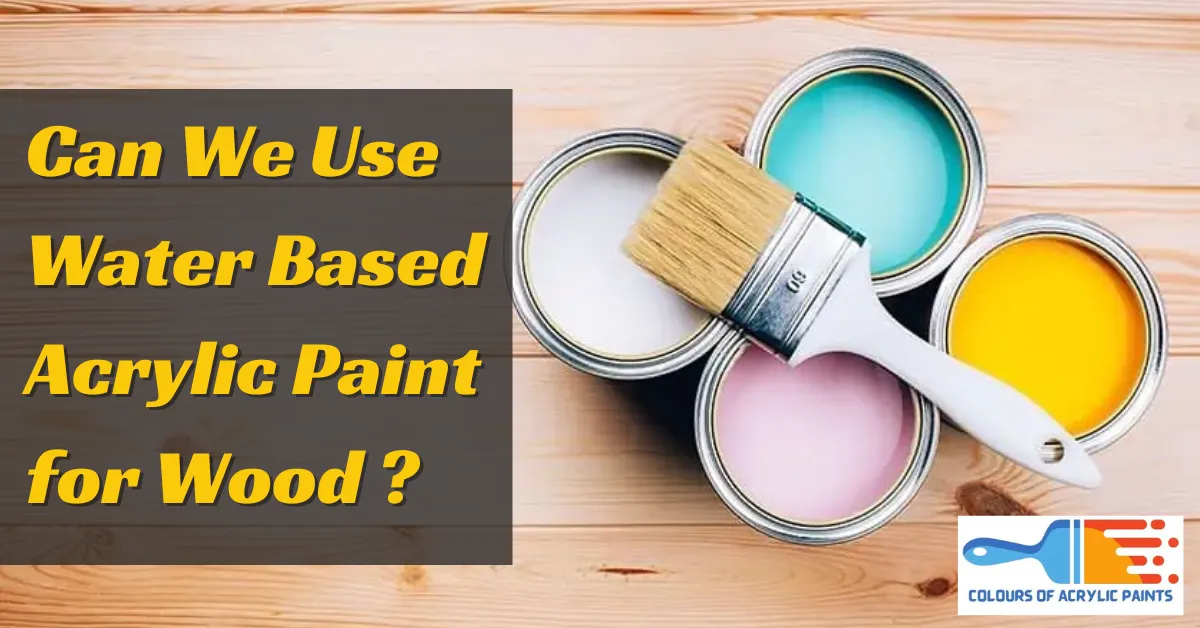Use water based acrylic paint for wood and say goodbye to solvents and thinners while enjoying quick drying times and easy soap-and-water clean-up. Not only does this paint provide an eco-friendly alternative to traditional oil-based products, but it also allows for seamless blending and layering techniques that will take your woodworking projects to the next level.
So if you’re ready to transform ordinary wood into extraordinary works of art, join us as Colours of Acrylic Paint explore the endless possibilities to use water based acrylic paint for wood.
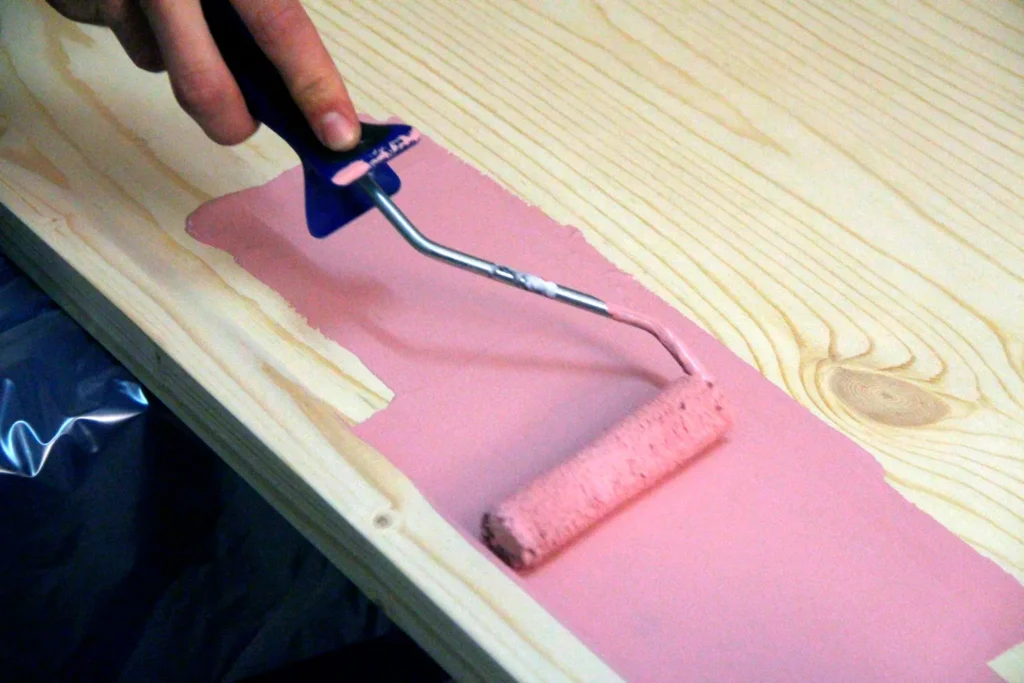
Can We Use Water Based Acrylic Paint for Wood?
The answer is
YES
Benefits of using water-based acrylic paint
Water-based acrylic paint is a versatile and practical choice for artists of all levels.
Ease of Use
One of its key benefits is its ease of use – it dries quickly, allowing for easy layering and blending.
Unlike oil-based paints, water-based acrylics are low in odor and toxicity, making them an ideal choice for artists who work in indoor spaces or have sensitivities to strong fumes.
Durability
Once dry, these paints form a resilient, flexible film that is resistant to cracking and yellowing over time. This makes them suitable for a wide range of surfaces, from canvas to wood to metal.
Color intensity and vibrancy
The color intensity and vibrancy of water-based acrylics remain true over time, offering artists the assurance that their creations will maintain their original brilliance for years to come.
How to prepare wood for painting?
The key to a successful painting job on wood lies in the preparation process.
Before applying a fresh coat of paint, it’s crucial to ensure that the wood surface is properly prepared.
Inspect Wood
Start by inspecting the wood for any rough spots, cracks, or imperfections that need to be addressed.
Sand Down Surface
Sand down the surface using progressively finer grits of sandpaper, gradually smoothing out any blemishes and creating an ideal canvas for the paint to adhere to.
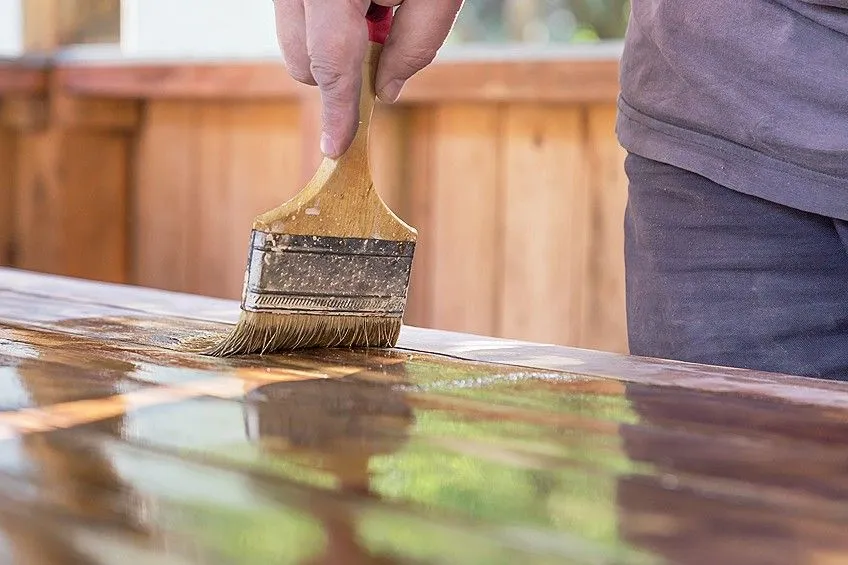
Remove Dust
Once the wood is sanded smooth, it’s essential to thoroughly clean it to remove any dust or debris.
Use mild soap and water
A mixture of mild soap and water works well for this purpose, followed by a rinse with clean water and ample time for drying.
Use Primer
To further enhance the adhesion of the paint, consider applying a primer specifically designed for use on wood surfaces.
This extra step can help seal the wood and provide a uniform base for your chosen paint color, ultimately improving both its appearance and durability.
Application techniques to Use Water Based Acrylic Paint for Wood
When it comes to Use Water Based Acrylic Paint for Wood, technique is everything.
Thin Coatings
The key is to apply thin, even coats, allowing each layer to dry completely before adding another. This not only ensures better adhesion and durability but also prevents the paint from becoming too thick and clumpy.
Pay attention to temperature and humidity levels
Another important aspect of application technique is to pay attention to temperature and humidity levels in the environment where you’re working. Ideally, aim for moderate temperatures and low humidity to allow for optimal drying conditions.
Use Spray Gun
Consider using a spray gun for a more professional finish, especially if you’re working on larger wood surfaces or intricate details. By mastering these application techniques, you can achieve stunning results with water-based acrylic paints on wood that will stand the test of time.
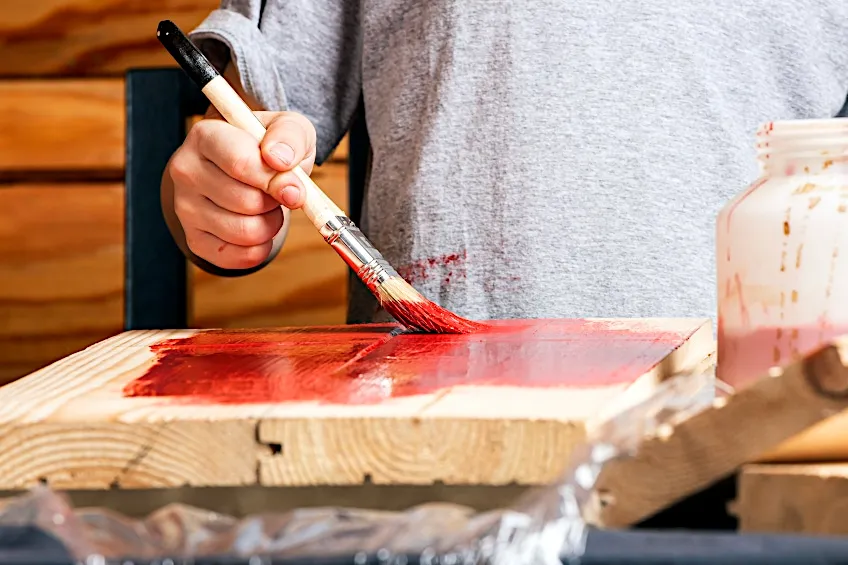
Tips for achieving a smooth finish
Achieving a smooth finish on wood using water-based acrylic paints requires proper surface preparation. Begin by sanding the wood to remove any rough spots or imperfections, ensuring a smooth and even base for the paint. Use a high-quality primer specifically designed for acrylic paints to promote adhesion and create a uniform surface.
Applying multiple thin coats of paint, rather than one thick coat, allows for better coverage and smoother results.
Use foam Roller or Sprayer
Consider using a foam roller or sprayer for applying acrylic paints to achieve an ultra-smooth finish without visible brush marks.
Be mindful of environmental conditions such as temperature and humidity, as they can affect the drying time and overall finish of the paint.

Good lighting
Inspect the painted surface in good lighting to identify any areas that may require additional touch-ups or sanding before applying a final clear coat to seal and protect the smooth finish.
High-Quality Brushes and Rollers
Another tip for achieving a smooth finish is to use high-quality brushes and rollers designed specifically for water-based acrylic paints. Investing in good tools can make all the difference in how the paint is applied and ultimately how smooth the final result will be.
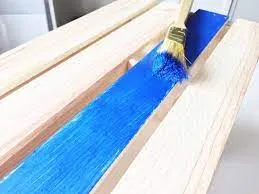
Bottom Line
There are numerous benefits to Use Water Based Acrylic Paint for Wood surfaces. Their low odor, quick drying time, and easy clean-up make them a convenient option for both professional and DIY projects.
Their durability and ability to resist cracking and yellowing make them a reliable choice for long-lasting results. With a wide range of colors and finishes available, water-based acrylic paints provide endless possibilities for creative expression on wood. As environmental awareness grows, the use of water-based acrylic paints also aligns with sustainable practices by minimizing harmful chemicals and fumes.

